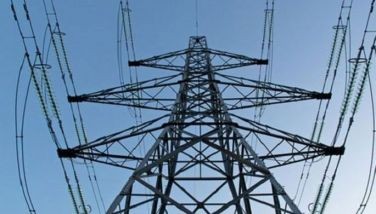Study: More hazardous tropical cyclones to hit Philippines
MANILA, Philippines – Tropical cyclones in the Philippines are becoming more extreme causing greater amounts of devastation and loss of life, a new study finds.
It found that in the last two decades, there has been a slight decrease in the number of smaller cyclones (above 118 kilometers per hour) that hit the country.
That means more Filipinos are at risk since more hazardous tropical cyclones (above 150 kilometers per hour) were shown to be on the rise, with the northern island of Luzon frequently affected, according to a study released by the University of Sheffield.
“Growing up in the Philippines myself, I understand the catastrophic loss of life and damage to property that extreme weather can cause,” said Monica Ortiz from the Department of Geography and Scholar in the Grantham Centre for Sustainable Futures.
While previous research suggested the increase in sea-surface temperatures as the reason for the surge in the number of intense tropical cyclones, this study remains an active part of research on extreme climate events.
Drawing conclusions that will influence tropical cyclone projections is too early, the University of Sheffield statement read.
The project, which is a collaboration between researchers at the University of Sheffield, the state weather bureau (PAGASA), the Oscar Lopez Centre for Climate Change Adaptation and Disaster Risk Management (OML Centre), aims to help the country better adapt and become more resilient to extreme weather events and challenges of climate change.
“By analyzing this data from the past up to the present, we can better adapt to further climate change and prepare for future disasters,” Ortiz said.
Based on the United Nations University (UNU) World Risk Report 2014, the Philippines is among the most disaster-prone nations in the world.
In November 2013, Typhoon Yolanda (international name Haiyan), one of the strongest tropical cyclones ever recorded, leveled entire towns in the central Philippines and left at least 6,300 people dead.
- Latest
- Trending



























